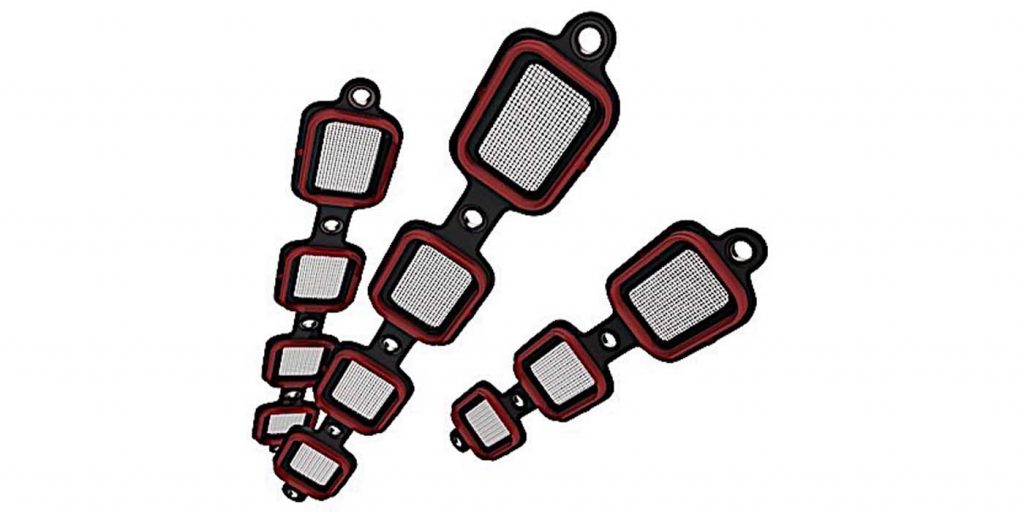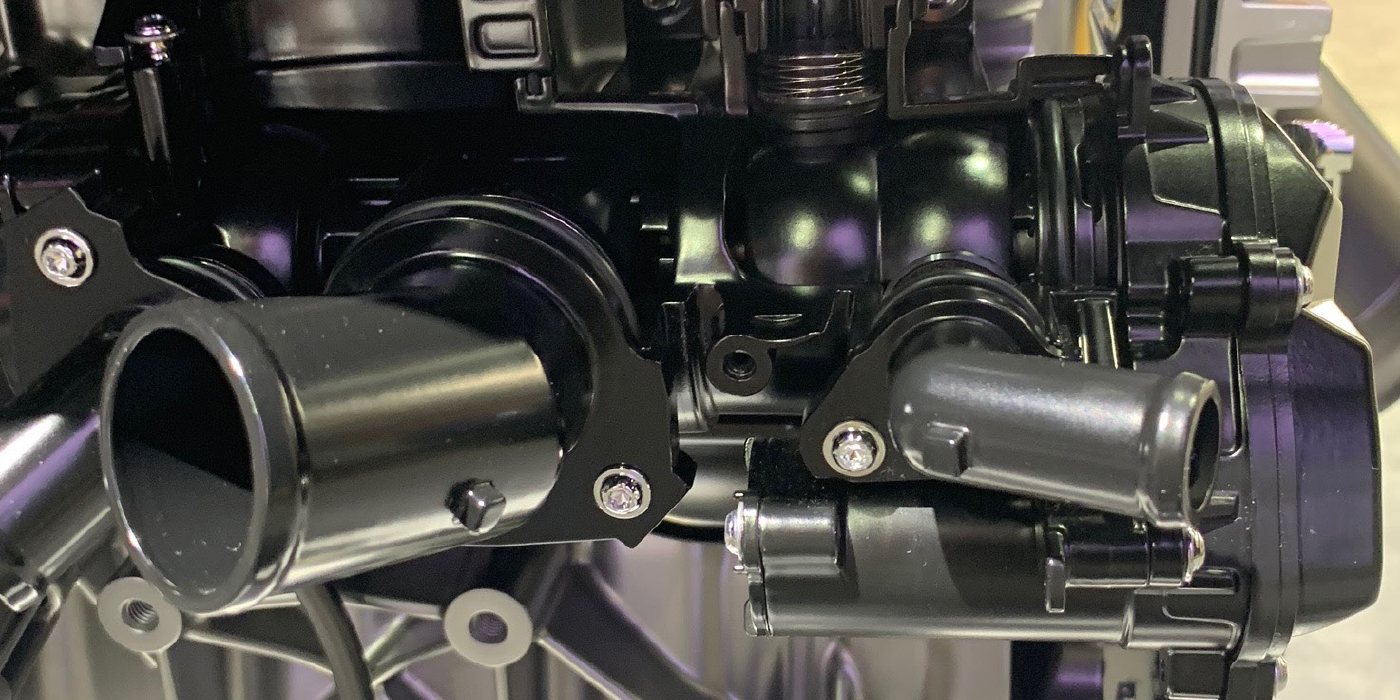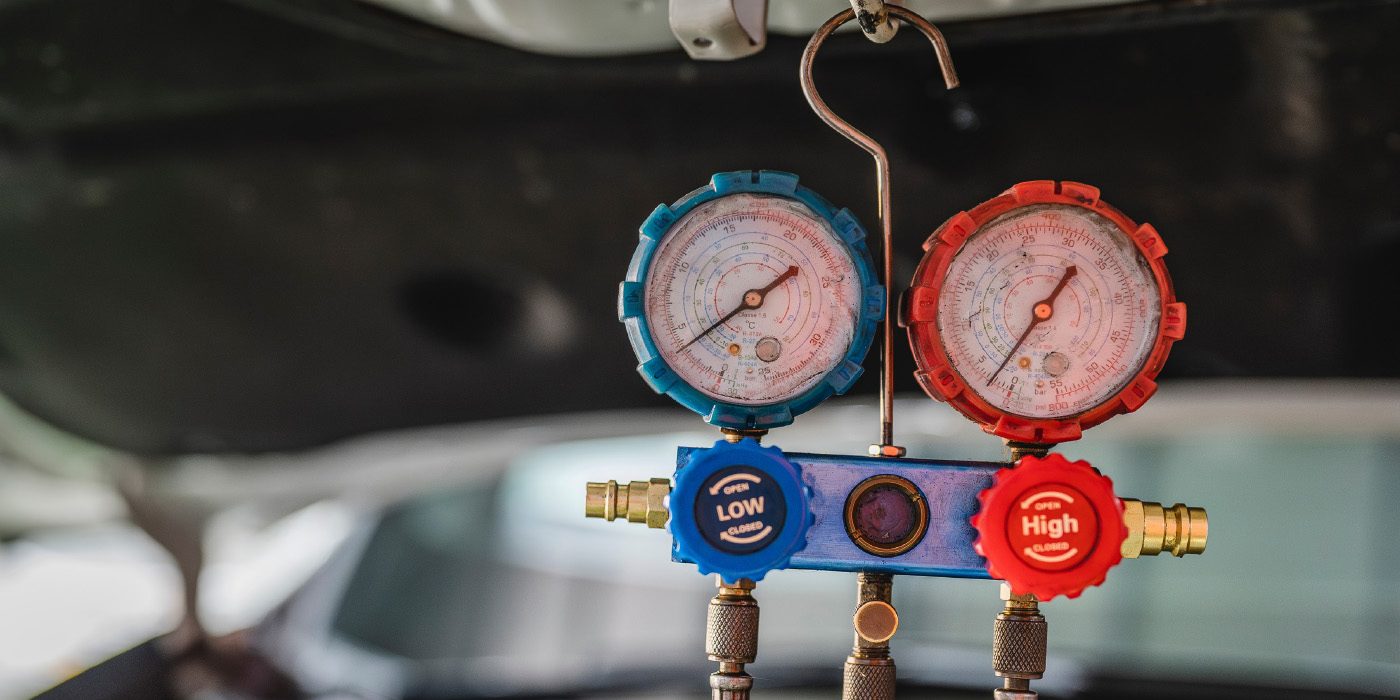Similar to other sealing components that help make modern engines modern, there has been a significant evolution in intake manifold sealing. Molded rubber press-in-place and molded rubber “on carrier” designs have largely replaced the composite sealing technologies of the past.
Aftermarket intake manifold gaskets must seal gases and fluids in a high temperature, dynamic environment with the added variability of casting geometry that may be outside of original OEM specifications. This provides both a challenge and an opportunity for manufacturers of Aftermarket sealing solutions.
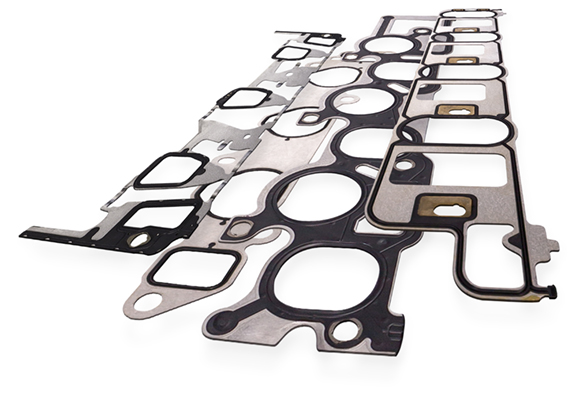
Gasket brands like Victor Reinz are able to combine an understanding of OEM materials and durability requirements with a direct knowledge of the Aftermarket repair environment. The idea is that you design for the “Worst Case” scenario and that generally means pitted, out-of-flat castings and coolant so polluted it would make paint peel. The first step towards designing an intake manifold gasket is to do a post mortem on a gasket taken out of service. This can tell an engineer a lot about common wear modes and which materials and designs may work best in seasoned applications. Used castings can also help Engineers determine sealing bead layout; given the available real estate, you want the sealing bead(s) to fall outside of normal casting wear patterns.
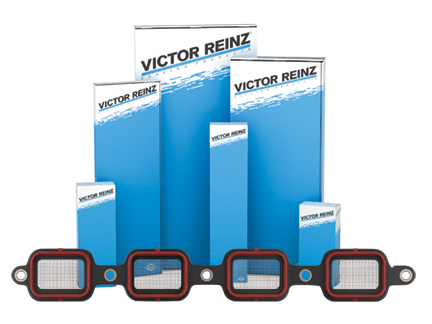
Once a design is on the drawing board finite element analysis (FEA) data can help guide the process. As adjustments are made in the design, prototypes may be manufactured and used in Fit, Form and Function testing. From this point, Dana has the option to test internally or in association with engine builders or designated end users. The Victor Reinz brand takes Voice of Customer very seriously and relies on that feedback to provide components that solve problems for the installer and increase confidence in the repair for the vehicle owner.
An example of this is the MaxDrySTL line of intake manifold gaskets, MaxDrySTL technology departs from the OEM design by replacing plastic/nylon carriers with steel, the addition of torque limiters to prevent overtightening and an Aftermarket friendly rubber compound that surrounds each intake and coolant port.
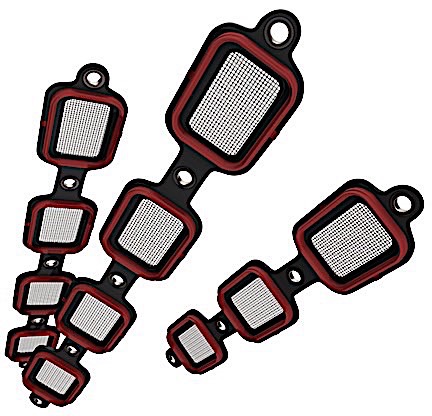
MeshGuard, another Victor Reinz technology, incorporates individual port seals on a rigid carrier, compression limiters and a mesh screen within each port to prevent contaminants from entering the combustion chamber after the engine has been serviced because of a valve seat failure.
This article was sponsored by Victor Reinz Gaskets from Dana Aftermarket. For more information on Victor Reinz gasket kits and sealing solutions, visit VictorReinz.us.

